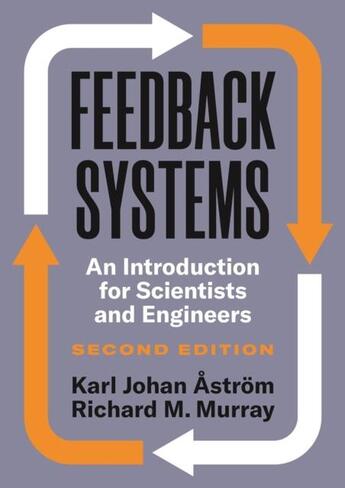Résumé:
The essential introduction to the principles and applications of feedback systems-now fully revised and expanded
This textbook covers the mathematics needed to model, analyze, and design feedback systems. Now more user-friendly than ever, this revised and expanded edition of Feedback... Voir plus
The essential introduction to the principles and applications of feedback systems-now fully revised and expanded
This textbook covers the mathematics needed to model, analyze, and design feedback systems. Now more user-friendly than ever, this revised and expanded edition of Feedback Systems is a one-volume resource for students and researchers in mathematics and engineering. It has applications across a range of disciplines that utilize feedback in physical, biological, information, and economic systems.
Karl Astroem and Richard Murray use techniques from physics, computer science, and operations research to introduce control-oriented modeling. They begin with state space tools for analysis and design, including stability of solutions, Lyapunov functions, reachability, state feedback observability, and estimators. The matrix exponential plays a central role in the analysis of linear control systems, allowing a concise development of many of the key concepts for this class of models. Astroem and Murray then develop and explain tools in the frequency domain, including transfer functions, Nyquist analysis, PID control, frequency domain design, and robustness.
Features a new chapter on design principles and tools, illustrating the types of problems that can be solved using feedback
Includes a new chapter on fundamental limits and new material on the Routh-Hurwitz criterion and root locus plots
Provides exercises at the end of every chapter
Comes with an electronic solutions manual
An ideal textbook for undergraduate and graduate students
Indispensable for researchers seeking a self-contained resource on control theory
Donner votre avis














